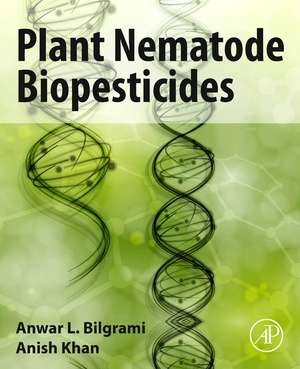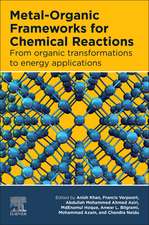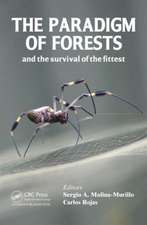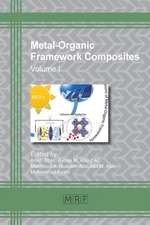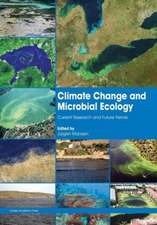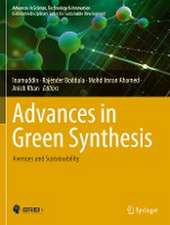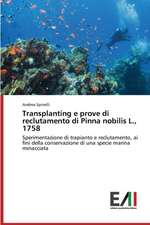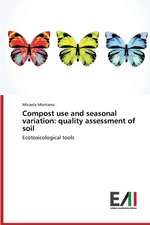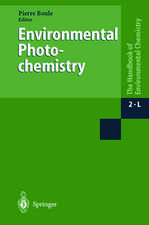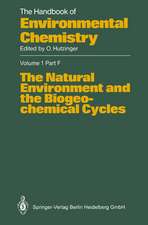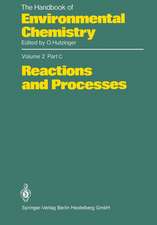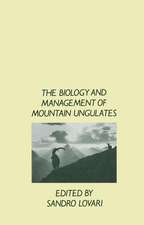Plant Nematode Biopesticides
Autor Anwar L. Bilgrami, Anish Khanen Limba Engleză Paperback – 27 mai 2022
In addition, the book addresses common reservations in using biopesticides, either alone or in integrated pest management programs, providing advanced insights on various biopesticidal agents and products. Biopesticides may be microbial (nematodes, bacteria, fungi, virus, herbs etc.), plant-incorporated protectants (PIPs), plant products (citronella oil, neem oil, capsaicin, pyrethrin etc.), synthetic biochemical molecules, pheromones, semio-chemicals, plant extracts, or nanobiopesticides.
- Includes emerging areas of nanobiopesticides, chemical aspects of biopesticides and plant exudates
- Presents strategies for researching nematodal biological control
- Addresses problems related to the mass production, manufacture and formation of biopesticides from both animal and plant products
Preț: 900.95 lei
Preț vechi: 1180.47 lei
-24% Nou
Puncte Express: 1351
Preț estimativ în valută:
172.42€ • 187.22$ • 144.83£
172.42€ • 187.22$ • 144.83£
Carte tipărită la comandă
Livrare economică 15-29 aprilie
Preluare comenzi: 021 569.72.76
Specificații
ISBN-13: 9780128230060
ISBN-10: 0128230061
Pagini: 248
Ilustrații: 75 illustrations (25 in full color)
Dimensiuni: 216 x 276 mm
Greutate: 0.59 kg
Editura: ELSEVIER SCIENCE
ISBN-10: 0128230061
Pagini: 248
Ilustrații: 75 illustrations (25 in full color)
Dimensiuni: 216 x 276 mm
Greutate: 0.59 kg
Editura: ELSEVIER SCIENCE
Cuprins
1. Introduction
2. Evolution and Biological Control
3. Attributes of Chemical Communications in Nematode Management
4. Host/Prey Specificity and Their Influences on Biopesticides
5. Attributes of Successful Biopesticides
6. Types of Nematode Biopesticides
7. Predaceous Nematodes
8. Microbial Biopesticides
9. Predaceous Soil Invertebrates
10. Predaceous and Parasitic Fungi
11. Antagonistic Plants and Plant Products
12. Biopesticidal Potentials of Neem (Azadirecta indica)
13. Plant and Animal Exudates
14. Biopesticidal Potential of Nanobiopesticides
15. Environmental Benefits and Risks
16. Conclusions: Prospects and Opportunities Bibliography
2. Evolution and Biological Control
3. Attributes of Chemical Communications in Nematode Management
4. Host/Prey Specificity and Their Influences on Biopesticides
5. Attributes of Successful Biopesticides
6. Types of Nematode Biopesticides
7. Predaceous Nematodes
8. Microbial Biopesticides
9. Predaceous Soil Invertebrates
10. Predaceous and Parasitic Fungi
11. Antagonistic Plants and Plant Products
12. Biopesticidal Potentials of Neem (Azadirecta indica)
13. Plant and Animal Exudates
14. Biopesticidal Potential of Nanobiopesticides
15. Environmental Benefits and Risks
16. Conclusions: Prospects and Opportunities Bibliography
